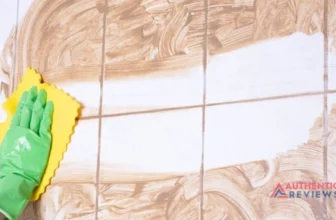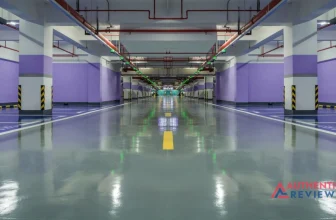How to Fix Burnt Grass From a Fire Pit? (A Step-by-Step Guide for Repairing Your Lawn)
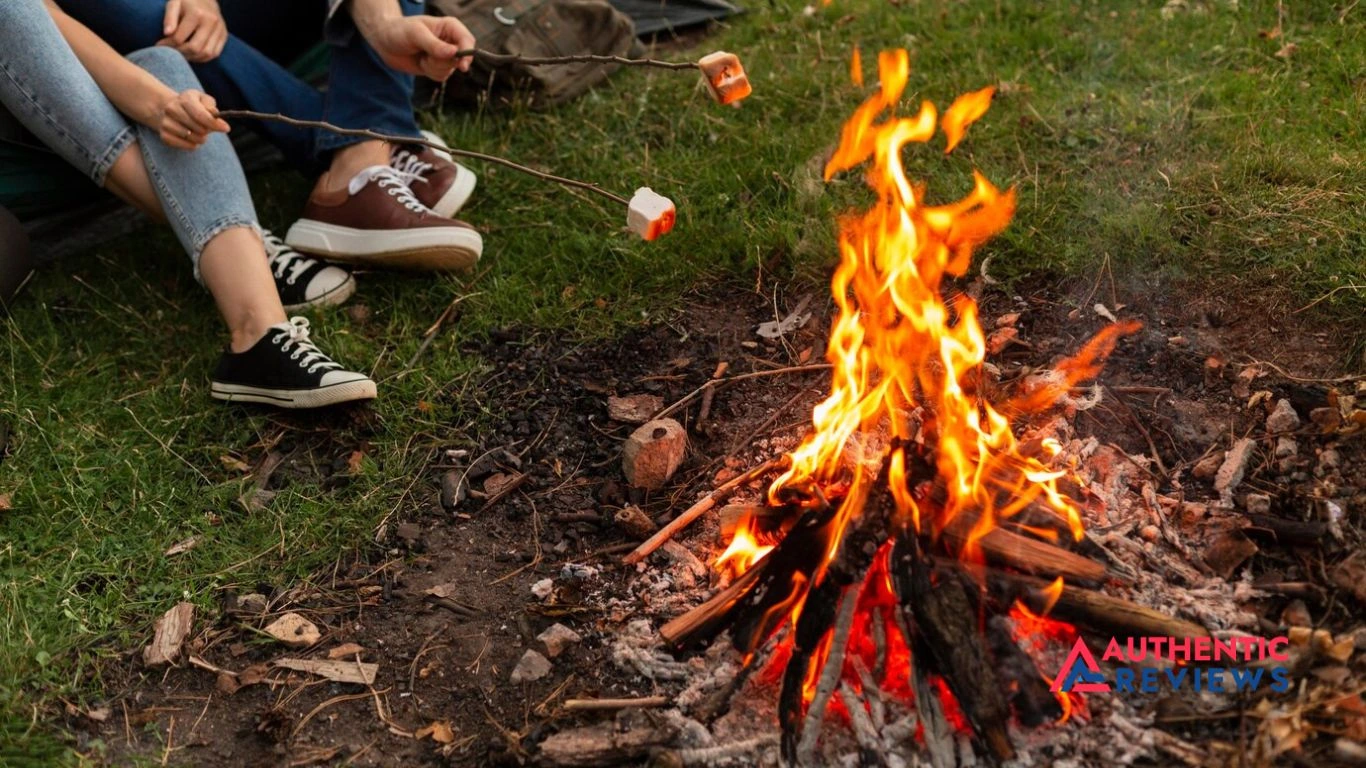
Enjoying a cozy fire in your backyard can be a great way to end the day. But if you’re not careful, you could end up with a charred reminder of your evening—burnt grass. Fortunately, fixing your lawn is easier than you’d think. Here are some tips on how to fix burnt grass from the fire pit.
In this article, we will take you through assessing damage and steps to repair burnt grass from fire pits. You’ll be able to restore the health of your lawn and have it looking great in no time.
What Causes Burnt Grass From Fire Pits?
Before we dive into how to fix burnt grass from fire pits, let’s take a look at what causes it.
Incorrect placement of fire pit
One of the main causes of burnt grass from fire pits is incorrect placement. Placing your fire pit too close to your lawn can ignite the dry grass and leaves due to the intense heat radiating from it.
To avoid this, place your firepit at least 10 feet away from any flammable material, such as your lawn.
You should also avoid placing your firepit on grass. Instead, opt for a concrete or gravel surface to reduce the risk of burning the grass. This will make it less likely to catch fire.
Lack of maintenance or poor monitoring
Another common cause of burnt grass from fire pits is a lack of maintenance and poor monitoring. If you don’t regularly clean your lawn fire pit, the ash buildup can lead to sparks flying out and igniting nearby objects, such as grass. It’s important to keep your fire pit clean and debris-free to minimize the risk of burning your lawn.
You should also be vigilant when it comes to monitoring your fire. Check for escaping sparks occasionally, and never leave an open flame unattended. Any sparks that escape can easily ignite the nearby grass, so it’s important to be mindful and pay attention when enjoying your fire pit in the grass.
Open flames igniting nearby objects or grass
If you have an open flame in your fire pit, this is another cause of burnt grass from fire pits. Open flames can easily ignite nearby objects like dry leaves and grass, so it’s important to keep the flame contained at all times.
To avoid this, you should use a screen or lid to cover your fire pit over grass when not in use. This will help prevent any sparks from escaping and igniting nearby flammable materials.
Hot coal/ember emissions
Finally, hot coal and ember emissions can also cause burnt grass from fire pits. When using your fire pit, some burning coal or ash can escape and land on the surrounding grass.
To avoid this, always keep a bucket of water nearby to extinguish any sparks that escape from the fire pit. This is an important step that should never be overlooked, as it can help to prevent the grass from burning.
How do you fix burned grass from a fire pit?
Now that we’ve looked at the causes of burnt grass from fire pits, let’s look at how to fix it.
Check the extent of damage
The first step is to assess the extent of the damage. Carefully inspect the area to determine how much grass needs to be repaired. If you see any blackened or dead patches, these areas need attention.
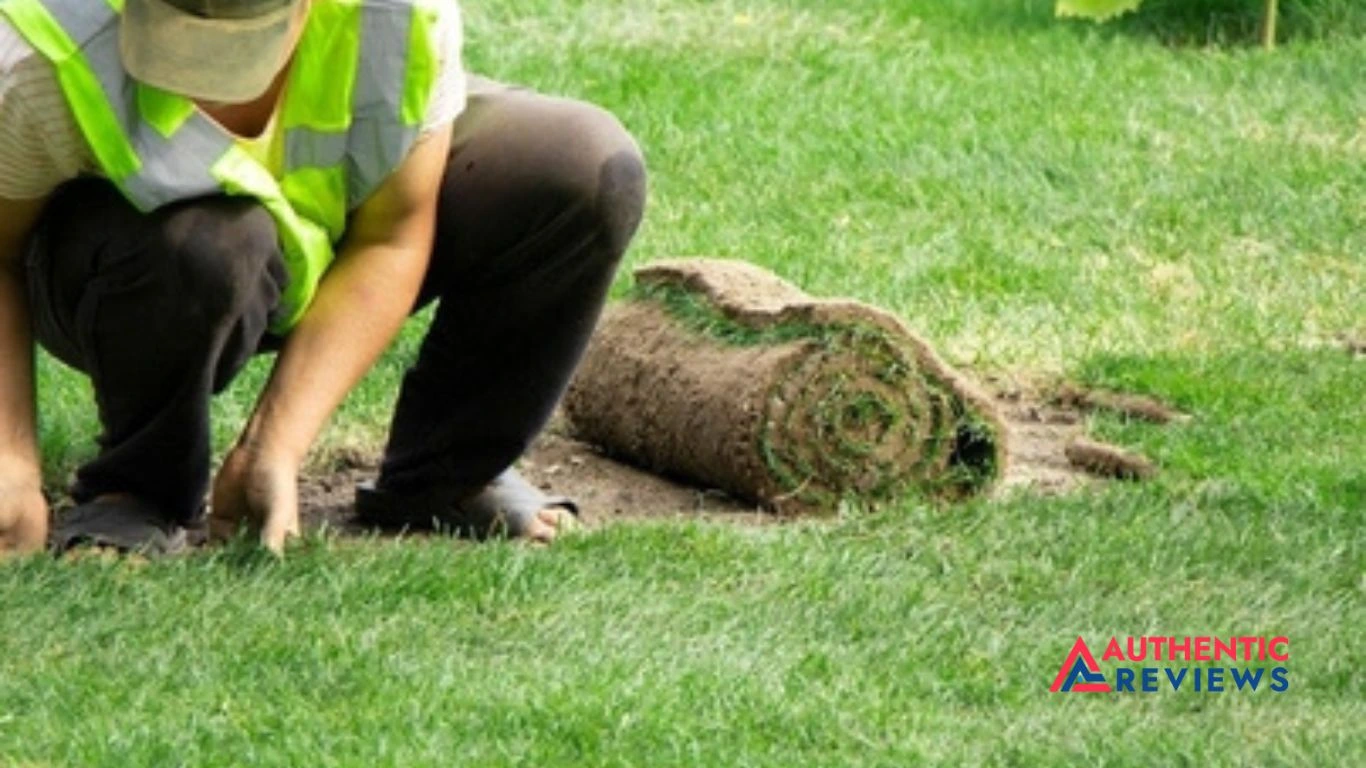
You can also take note of any potential hazards that could cause further damage. This includes any exposed roots, stones, or other debris that could cause further damage.
Ensure the fire pit is fully extinguished
Once the extent of damage is established, it’s important to make sure your fire pit is fully extinguished. This means checking that there are no open flames or embers left burning in the vicinity. If there are, douse the area with water until it is fully extinguished. This will help minimize any further damage to the surrounding grass.

Remove any debris or ash
Next, you should remove any debris or ash from the fire pit. This includes any charred pieces of wood, paper, plastic, or metal that may have been left in the pit after it has been extinguished.
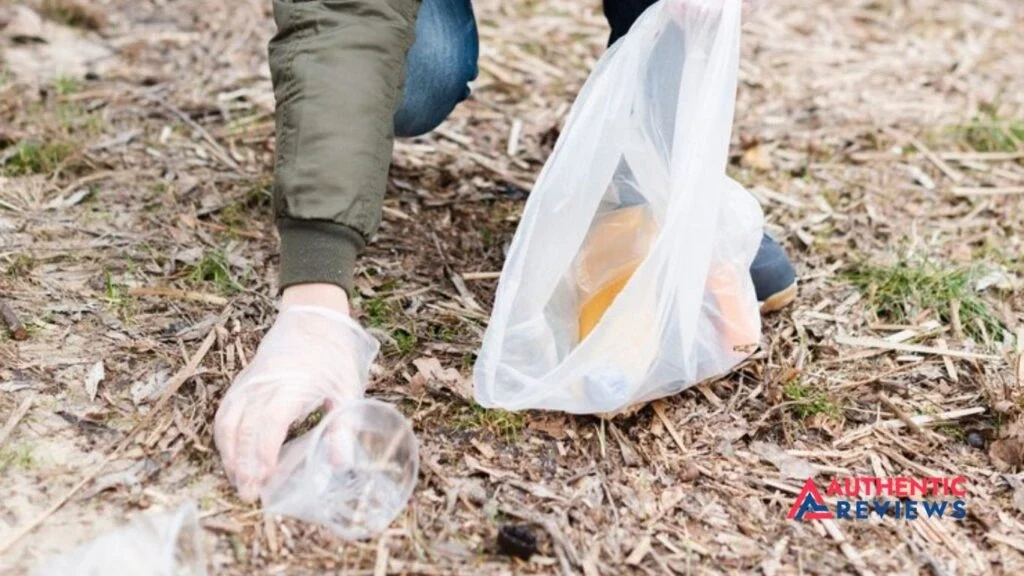
You can also use a rake or other tool to gently loosen any soil around the burned area. You should avoid disturbing any healthy grass or root systems in the vicinity.
Apply fertilizer to the burned area
Once the debris and ash have been removed, you can apply fertilizer to the burned area. This will help to replenish the soil and provide nutrients for new grass growth. Make sure to choose a fertilizer specifically designed for lawns, as it will be more effective in restoring damaged grass.
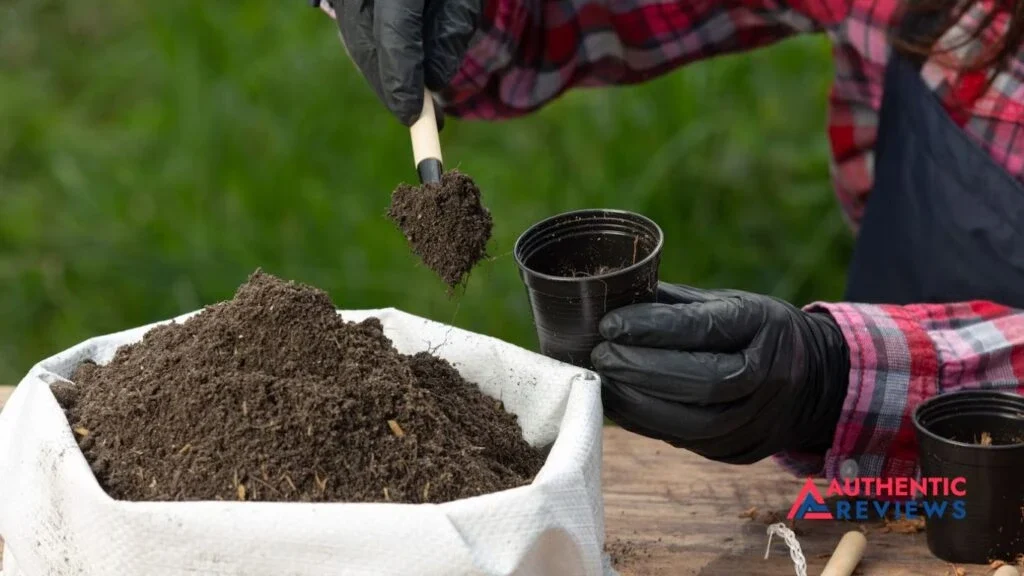
To fertilize, spread the fertilizer evenly over the affected area, and then water it with a hose or sprinkler. Watering will help drive the nutrients into the soil and ensure they are properly absorbed.
Tamp down the soil
The soil in the burned area may have been compacted due to excessive heat. You can help loosen it up by tamping down the soil. This is done using a garden tool such as a rake or hoe and gently pushing it into the ground.
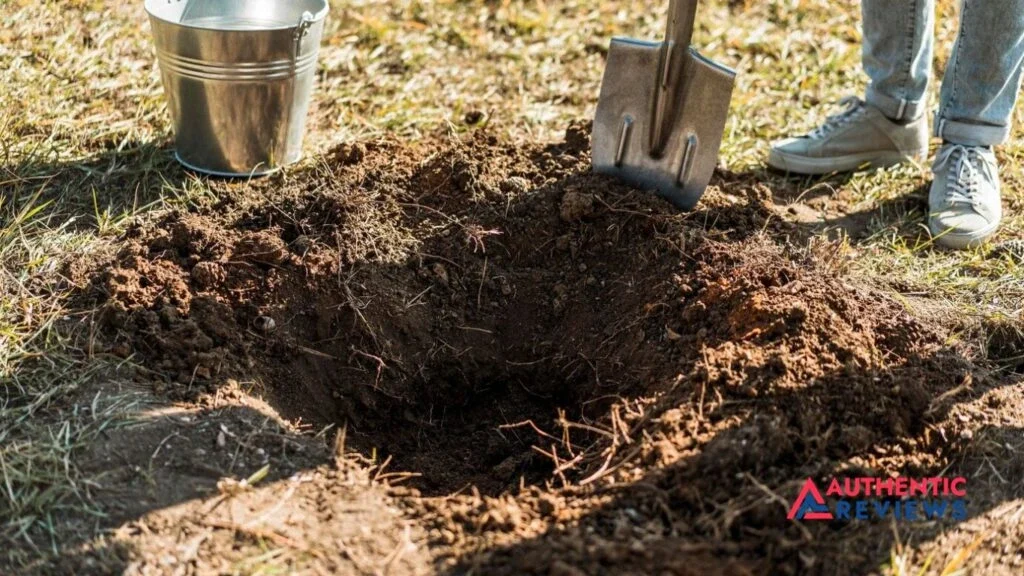
This will allow oxygen, water, and fertilizer to penetrate more easily and encourage new grass growth. It will also help improve drainage in the area.
Topsoil, seed, and rake
Once the soil has been tamped down, you can add topsoil to help fill in any depressions or gaps. You can then spread a suitable grass seed over the area and rake it in. Ensure that the seed is covered with a thin layer of soil or compost to receive adequate moisture and nutrients.

Water the area regularly
To ensure that your patch of grass grows healthily, it is important to water the area regularly. This should be done with a hose or sprinkler as often as needed to keep the soil damp but not soggy. Overwatering can cause fungus and disease problems, so it’s best to avoid it.
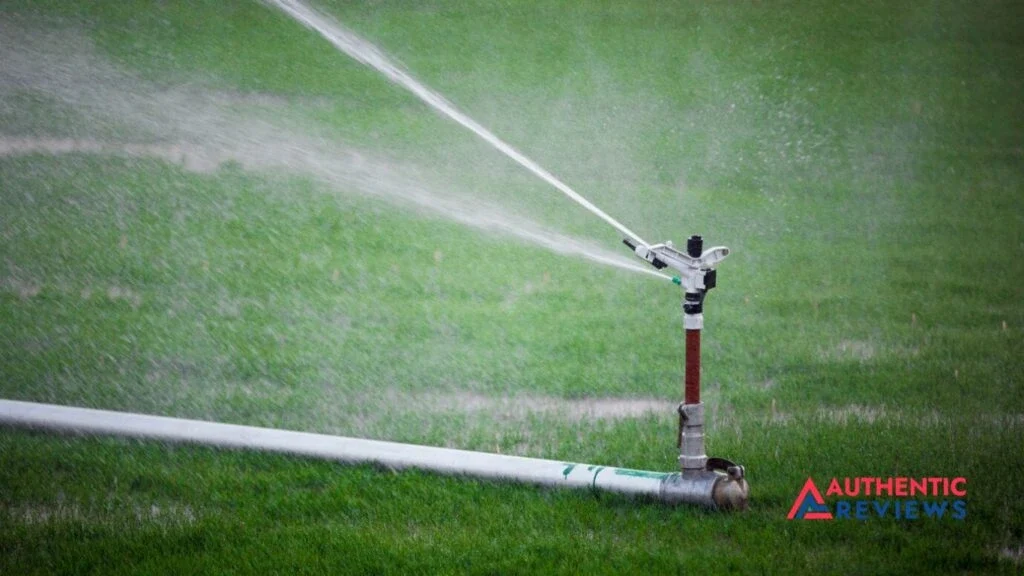
Monitor and maintain the area
Monitoring takes time, but it is well worth the effort. Regularly check for signs of disease or pests and take appropriate action if necessary. Maintaining a healthy lawn also involves removing weeds, cutting grass that has grown too long, and trimming away dead or damaged plants.

Consider fire pit alternatives

If you find that your fire pit is causing too much damage to the grass, then it may be time to consider alternatives. Consider using a permanent fire pit or installing a gas-powered outdoor fireplace instead. These options will reduce the chances of damaging your grass and provide a more beautiful focal point for your outdoor space.

Read Also: Best Artificial Grass for Florida
How to Protect Against Future Damage?
Here are a few things you can do to help protect your grass from future damage.
Place the fire pit in a safe area
Choose a spot that is away from trees, buildings, and combustible materials. You should also avoid areas with dry grass or low-lying shrubs, as they are more susceptible to burning. Place your fire pit on a non-flammable surface, such as concrete or gravel, away from flammable materials like wood decks.
Considering the wind direction when building or using the fire pit is also important. Winds can carry sparks and embers to adjacent areas and ignite dry vegetation, so it’s best to be mindful of this.
Regularly maintain the fire pit
Regularly check your fire pit for any signs of damage or wear. Inspect the walls, liners, and bottom of the pit. Ensure that all parts are properly installed and in working order. If you notice any broken pieces, replace them immediately.
Also, it is important to ensure no flammable materials, such as leaves or pine needles, are in or around your fire pit. Make sure to clean the area regularly and remove any debris that could be a fire hazard.
Keep your fire pit controlled
Always keep your fire contained within the fire pit. Never leave it unattended; use a spark arrester to prevent sparks or embers from flying out. Make sure to extinguish the fire completely before leaving the area, and never burn any materials that could be hazardous when burning, such as plastics or Styrofoam. Finally, never use accelerants such as gasoline to start or maintain your fire.
Following these tips will help ensure your fire pit is used safely and responsibly and minimize any risk of damage to surrounding grass or vegetation. As much as possible, take steps to protect your grass from future damage caused by fire pits.
Frequently Asked Questions
Grass can become burned if exposed to extreme temperatures and open flames. This can be especially common with fire pits, which often generate high heat levels in a very localized area. The result is that the grass beneath the pit may become scorched or even charred.
To prevent grass from getting burned, you should always use a heat-resistant surface to place your fire pit on. This can include concrete, gravel, bricks, or pavers. Make sure to keep a few inches of clearance between the bottom of the fire pit and the grass to ensure it won’t get scorched.
Using a fire pit on concrete, use a heat-resistant mat or pad underneath it. This will help protect the underlying surface from being damaged by the high temperatures generated by the fire. Additionally, ensure your fire is not too large for the available space so that no sparks or hot embers escape and burn the concrete.
In some cases, grass can grow back after being burned. If the damage is minimal, you can use fertilizer or other soil amendments to help promote new growth. However, if the damage is too severe, you may need to replace the grass with new sod or seed. Additionally, be sure not to over-water your lawn during this process, as it can cause further damage and delay recovery.
You may also notice that the grass around your fire pit lawn is discolored or brown. If this is the case, you can use a lawn fertilizer to help restore the green color of the grass. Follow instructions carefully, as too much fertilizer can cause further damage.
Conclusion
Learning how to fix burnt grass from a fire pit can help maintain the beauty and health of your lawn. The best way to reduce damage is to prevent the fire from getting too hot and to keep it away from the grass. Remember to always put out fires and water down any remaining embers.
If you experience burnt grass, cut off the damaged parts, then spread topsoil or compost over the area. Finally, oversee grass seed appropriate for your climate and water daily until the new grass is established.
Following these steps can help you restore the health of your lawn while preventing future damage. With patience, attention, and proper care, your lawn will be restored to its original beauty in no time.


